Quantitative Biology in Space and Time


Molecular Cell Biology
Head: Prof. Ann Ehrenhofer-Murray
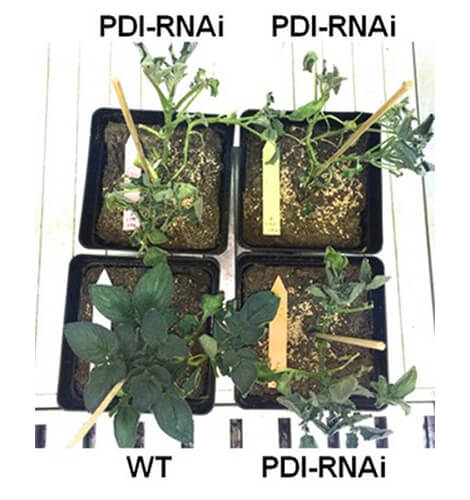

Plant Physiology
Head: N.N. komm. Leitung Prof. Christian Schmitz-Linneweber
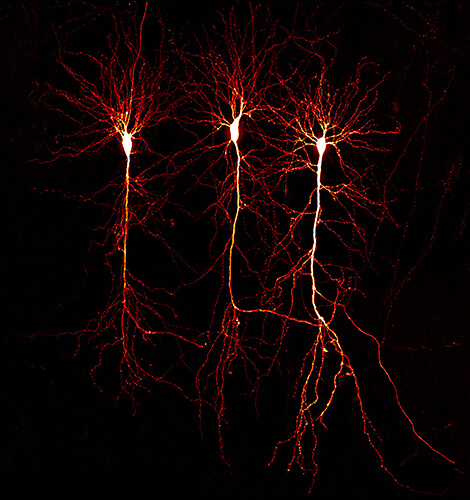

Optobiology
Head: Prof. Marina Mikhaylova
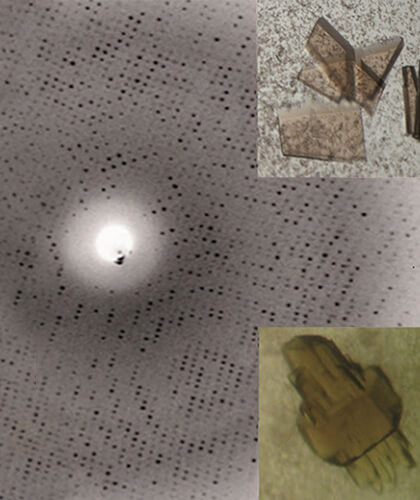

Structural Biology and Biochemistry
Head: Prof. Holger Dobbek
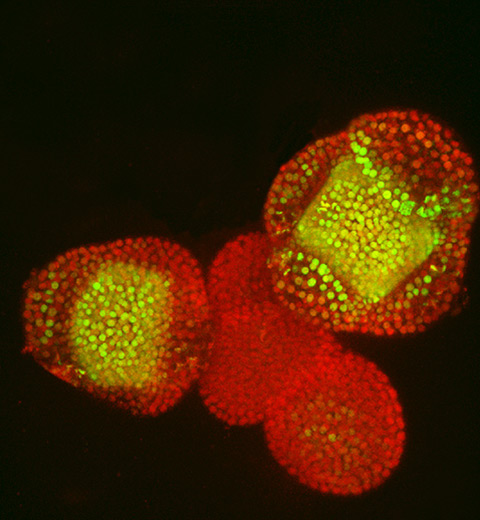

Plant Cell and Molecular Biology
Head: Prof. Kerstin Kaufmann
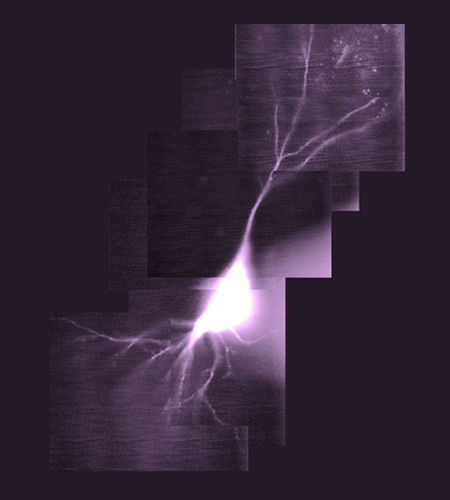

Cellular Biophysics
Head: Prof. Andrew Plested
In the Cellular Biophysics group, we study glutamate receptors and other components of fast synaptic transmission.
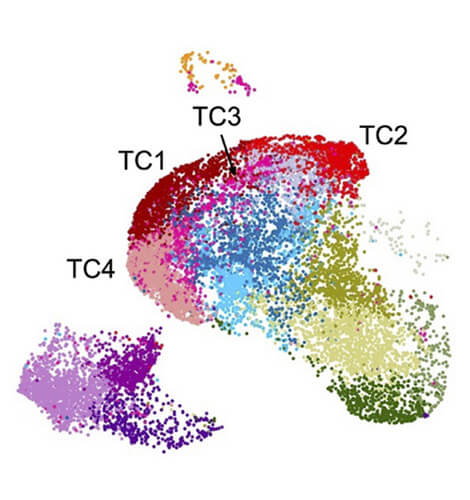

RNA Biology and Posttranscriptional Regulation
Head: Prof. Markus Landthaler


Theoretical Biophysics
Head: Prof. Edda Klipp
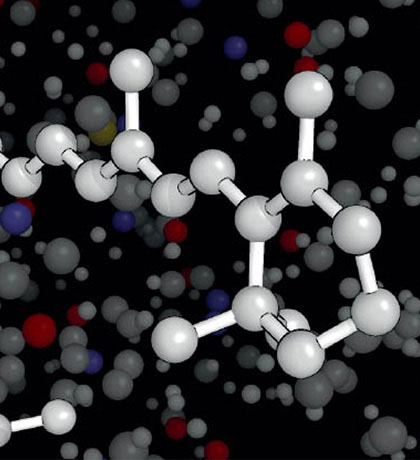

Experimental Biophysics
Head: Prof. Peter Hegemann
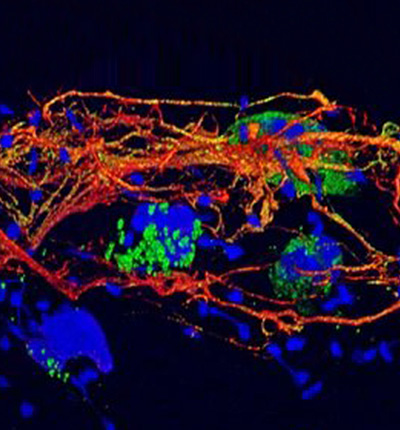

Cellular Microbiology
Head: Prof. Arturo Zychlinsky
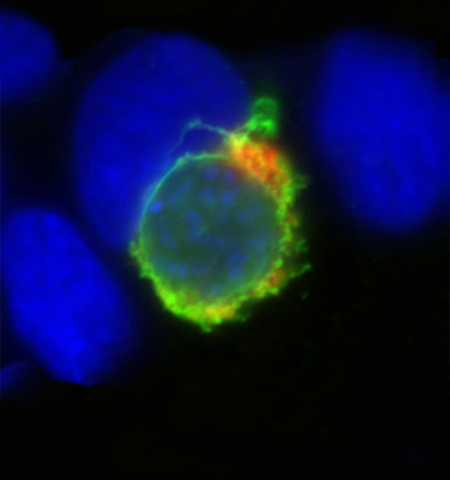

Molecular parasitology
Head: Prof. Kai Matuschewski
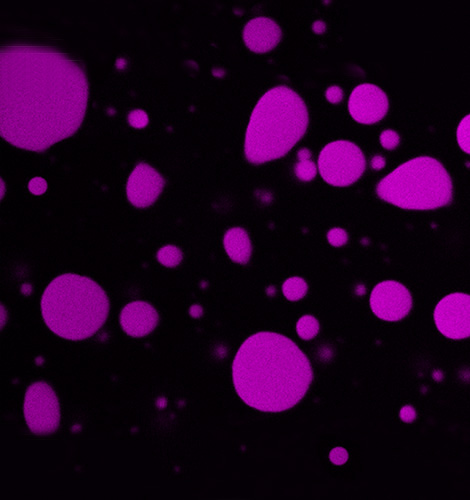

Molecular Genetics
Head: Prof. Christian Schmitz-Linneweber


Regulation in Infection Biology
Head: Prof. Emmanuelle Charpentier
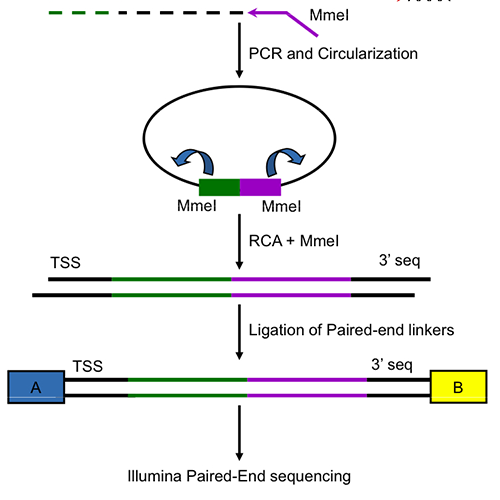

Computational regulatory genomics
Head: Prof. Uwe Ohler


Molecular Parasitology / Canberra
Head: Prof. Alexander Maier
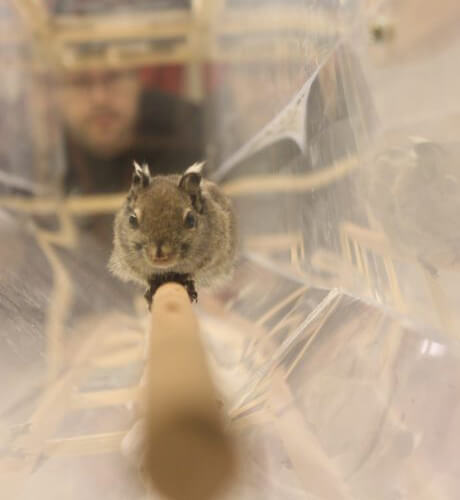

Comparative Zoology
Head: Prof. John Nyakatura


Microbiology
Head: Prof. Thomas Eitinger
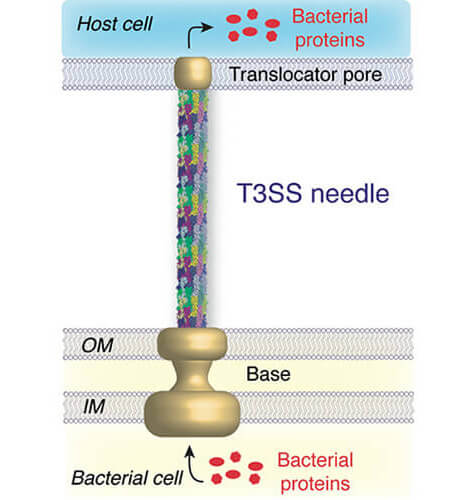

Structure and Dynamics of Biomolecules
Head: Prof. Adam Lange


Collective Information Processing
Head: Prof. Pawel Romanczuk


Molecular Microbiology
Head: Prof. Marc Erhardt
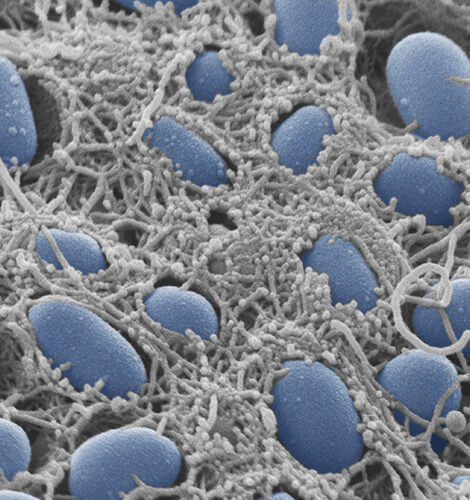

General Microbiology
Head: Prof. Regine Hengge


Plant Evolution and Biodiversity
Head: N.N. komm. Leitung Prof. Kerstin Kaufmann
We study interactions between plant parasites, their hosts, and the abiotic environment using experimental-genetic and evolutionary-ecological methods to understand the feedback loops driving parasite-host-environment adaptation. The lab develops resources to identify pests from environmental samples and engages in forest genetics research. We also actively commit to the conservation of native plants through citizen science projects.
